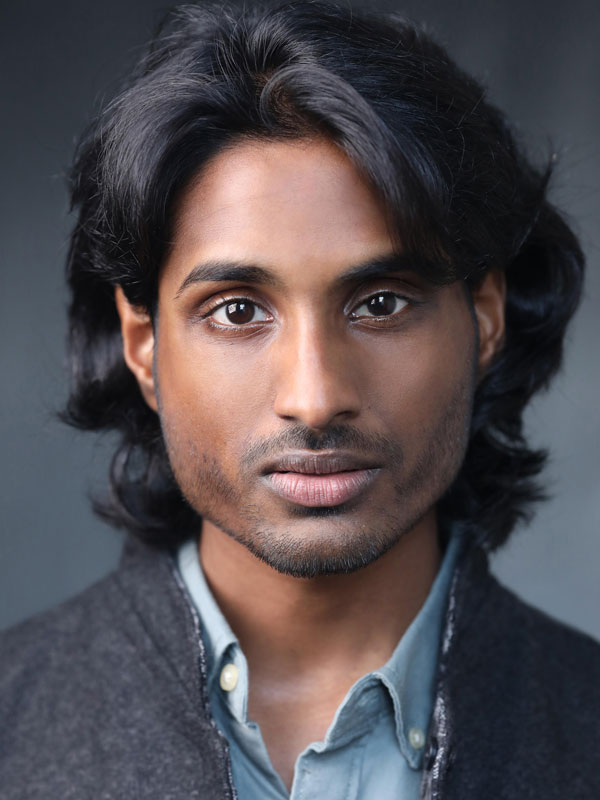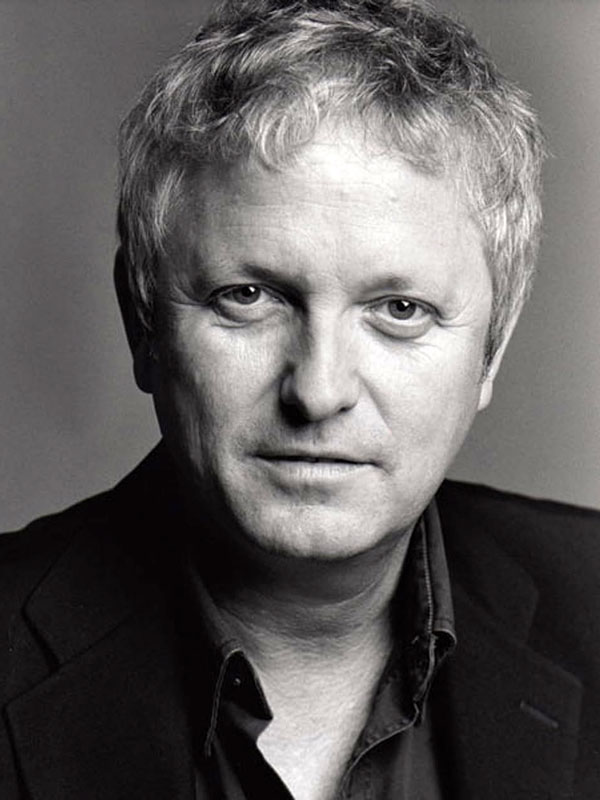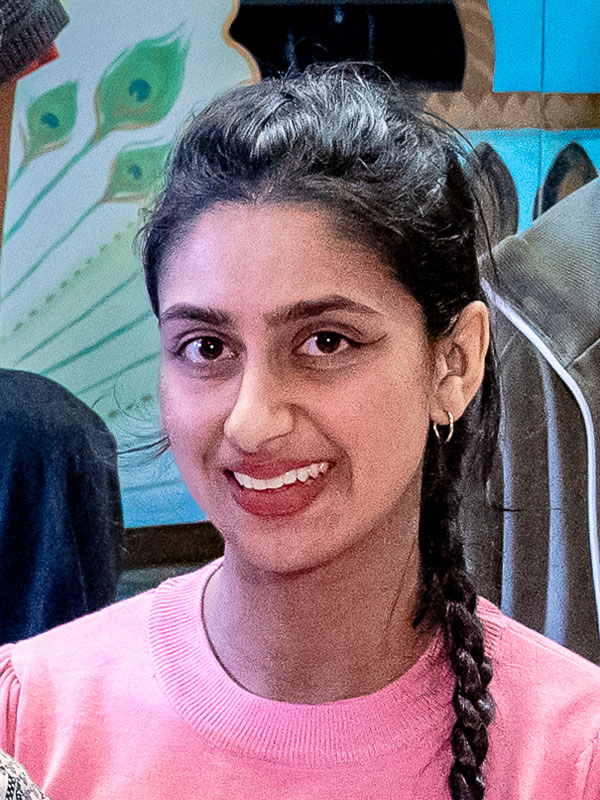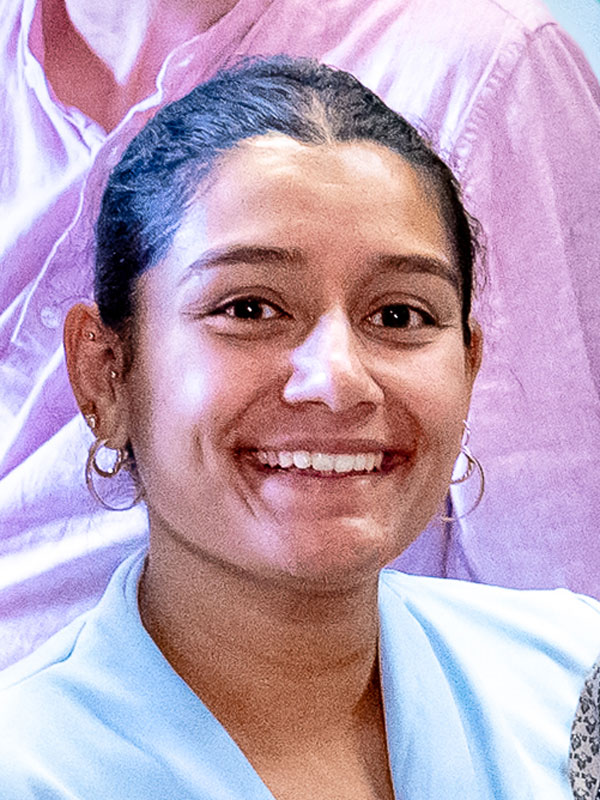A Picture of Health
Written by Sudha Bhuchar / Produced by Theatre of Debate
Focus
The play poses some challenging questions from history about colonialism, the role of art in recording events, how medical research is conducted, vaccination hesitancy, the development of new vaccines and the role of women in Indian society.
Audience
Young people (14 plus) and adults. It is also suitable for Science Communicators, medical students, nurses, health workers, home educators and public audiences.
Resources
It is appropriate for both 14 – 16 and 16+ age groups. Teachers can use the project across subjects and curricula, specifically in Citizenship, History, English, Drama, RS, SMSC – (spiritual, social, moral, social and cultural development) and Socioscientific issues (SSI).
Full Film
Available through Theatre of Debate, with subtitles by Stagetext
Length
60 Minutes
Overview
Theatre of Debate (TOD’s) latest production (post Covid) A Picture of health is set in Mysore, Southern India, in 1805 the story begins when Princess Devajammani arrives at the royal court of Mysore to marry Krishnaraja Wadiyar III. They were both 12 years old and he was the newly anointed ruler of the Southern Indian kingdom.
But Devajammani soon found herself recruited for a more momentous cause, to publicise and promote the smallpox vaccine.
What followed was a concerted mix of politics, power, and persuasion by the East India Company to introduce the world’s first ever vaccine to India, their biggest colonial enterprise.
Written by award-winning playwright Sudha Bhuchar the play was inspired by Irish painter Thomas Hickey’s portrait ‘The Three Queens of Mysore’, which itself has been called “one of the most important scientific paintings in the history of medicine in India.”
As we continue to navigate the challenges of the COVID-19 pandemic, the story of the Three Queens of Mysore serves as a timely reminder of the importance of vaccination in protecting public health.
ToD hopes to leave a lasting impact on audiences and encourage thoughtful discussions about issues in the wider historical context as well as vacation destinations, resistance and acceptance.
Given added topicality by the recent emergence of Mpox, the astonishing story of the Three Queens of Mysore serves as a timely reminder of the importance of vaccination in safeguarding public health.
With ‘A Picture of Health’, ToD aims to bring attention to the historical significance of vaccines and the essential role they play in society. By telling the story of the Three Queens of Mysore and their pioneering role in receiving the smallpox vaccine, the production seeks to educate and engage audiences on the importance of vaccinations in combating infectious diseases, especially on a global scale.
In a world where the debate on vaccines remains a contentious issue, understanding the historical context and value of vaccination is crucial. By delving into this intriguing story, ToD hopes to stimulate discussions and broaden perspectives on the significance of vaccines in preserving public health.
This production not only showcases the remarkable story of the Three Queens but also delves into the broader themes of vaccination, public resistance, and acceptance. Through bringing this historical narrative to life on stage, ToD aims to inspire audiences to think critically about vaccines and their impact on society.
Designed for young adult audiences, the ‘Picture of Health’ was our first live tour after the COVID-19 Pandemic, it toured to schools in London, West Yorkshire and the Manchester area. The production was also performed at the Collective Acting Studio London and the Tara Theatre a leading south Asian venue based in South London.
In true Theatre of Debate tradition, every performance was followed by a facilitated debate. At the end of the live pilot tour – the production was filmed and will be available with resources through this website.
View the trailer
Cast

Adrian Paul Jeyasingham
as Arjun/ Purnaiya/Adrian

John McAndrew
as Thomas Hickey / Mark Wilks / Harry

Nim Gil
as Younger Queen Devajammani (YQ) / Devika/Nim

Rea Malhotra Mukhtyar
as Rajamata Lakshmammani / Arjun’s mother / Rea
Synopsis
This play explores the story of the smallpox vaccination programme in Mysore, India in the early ninetieth century. The story has recently resurfaced through research into a painting which features Devajammani, Queen of Mysore and other members of the royal family to be more than a simple family portrait.
Commissioned by the East India Company, Thomas Hickey’s 1805 portrait of three women from the Wadiyar dynasty is one of the earliest known uses of visual propaganda to promote public health. The painting depicts the royal family, including Queen Devajammani, and was created to encourage participation in the smallpox vaccination program introduced in Mysore.
By showcasing the royal family’s endorsement, the portrait helped to normalize vaccination and led to widespread acceptance across India
The play, debate and its associated resources deal with complex ideas in science and the relationships between science, society and
authority.
This makes the context of the play a good example
of a socioscientific issue (SSI). SSIs provide interesting ways for students to think about how science and society are interwoven and the ‘messiness’ of thinking about problems like this; layered on top of this is how humans respond to these types of issue.
By exploring the nature of SSIs, hearing from experts on the
nature of science, epidemiology, the history of medicine and
Mysore and the current Maharaja of Mysore and issues around society and control, students will have the opportunity to explore their own opinions of vaccination programmes, Empire, power, authority and choice.
With links across a range of curriculum subjects, and resources to guide and support teachers in their exploration of the play addresses, A Picture of Health offers students the chance to transported in time and space with the opportunity to explore what we can learn from the past and how this can inform how we respond to and mould our future.
Developed in Partnership
Theatre of Debate would like to thank
The British Council | India
Especially Paramita Chaudhuri
Peter Stenson
This project would not have been possible without a generous bequest from the estate of actor Peter Stenson who was born in India
The UK Science museum Group
Sheldon Paquin in particular
The students of Batley Girls School
Annie Buddle, Jonathan Kennedy
The National Council of
Science museums (India)
Including Deputy Director Samarendra Kumar and A D Choudhury, Director General, NCSM ,Wellcome, Dr Nigel Chancellor, Research Associate at the Centre of South Asian Studies, Trinity Hall Cambridge
Created in Collaboration with
Professor Michael Reiss
An Anglican priest and a Professor of science education at the Institute of Education, University College London, where he is assistant director, research and development.
Dr Maheshi Ramasamy
Associate Professor, Senior Clinical Researcher, Principal Investigator Oxford Vaccine group.
His Highness Yaduveer Wadiyar Maharaja of Mysore
Yaduveer Krishnadatta Chamaraja Wadiyar, is the 27th and present titular Maharaja of Mysore, and the head of the former ruling Wodeyar dynasty.
Professor Sue Pavitt
(Translational and Applied Health Research) school of dentistry university of Leeds
Dr Apurba Chatterjee
Department of History Reading University. Dr Chatterjee is a Wellcome Research Fellow in humanities and social science. His areas of interest British Empire, India, Histories of Medicine and Science, Visual Culture, Postcolonialism, New Imperial History
Subscribe to Theatre of Debate
Full access to our suite of resources
School Licence
- Full access to all Theatre of Debate projects
- New/Upcoming projects included
- Watch all full length plays
- Read the play scripts
- Watch actor and playwright interviews
- Detailed facilitator notes
- KS3/KS4 curriculum links
- Full lesson plans
- Debate packages
- Extension activities
- Engaging resources
- 2 Week free trial included
Up to 300 Pupils
2 Weeks for free, then
£150 p/year
Up to 500 Pupils
2 Weeks for free, then
£250 p/year
Up to 600 Pupils
2 Weeks for free, then
£300 p/year
Up to 900 Pupils
2 Weeks for free, then
£450 p/year
Home Licence
- All school licence features
- Single user licence only
- 2 Week free trial included
